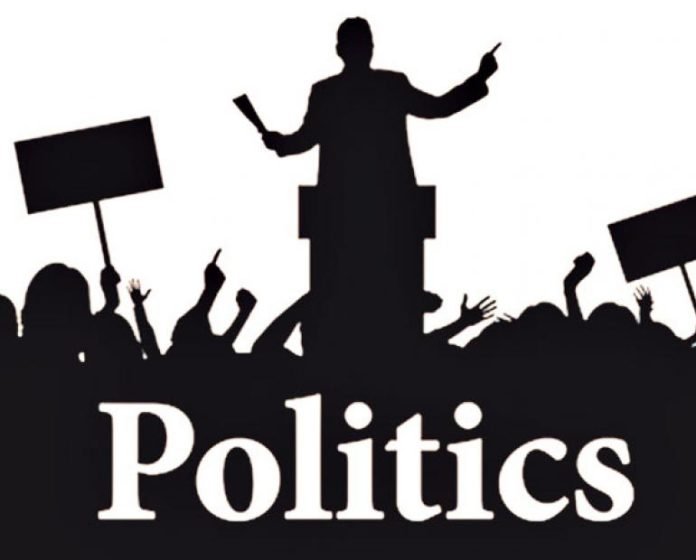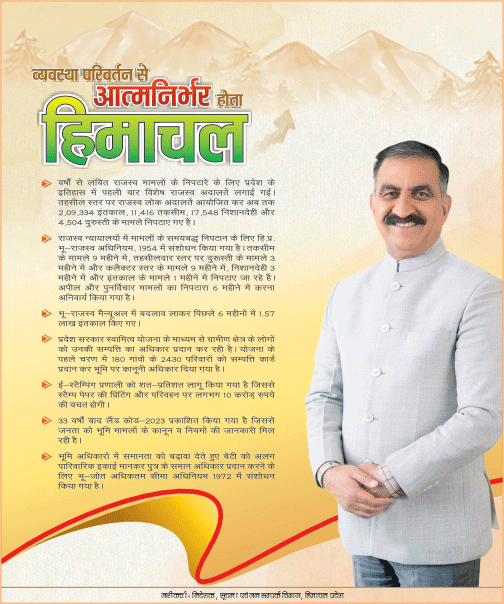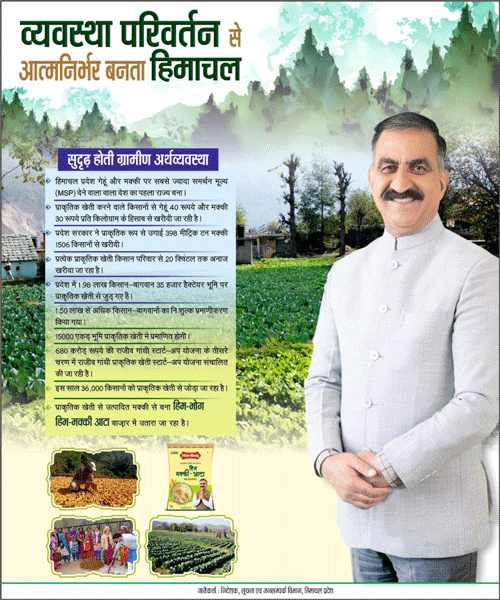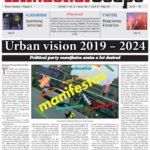The elections of West Bengal hold special importance this time for political analysts. It is being speculated in the media that the BJP’s detoriating situation in other parts of India will get somewhat compensated by growth in Bengal. In the 2014 Lok Sabha elections, the Trinamool Congress got 34 out of the 42 seats and the remaining eight seats were divided in Left (2), BJP (2) and Congress (4). In the 2014 Lok Sabha elections, Trinamool Congress (TMC) got 39.05 per cent, Marxist Communist Party (CPM) got 29.71 per cent, Bharatiya Janata Party (BJP) 17.02 per cent and Congress 9.69 per cent.
Then in the 2016 assembly elections, this was only increase of Trinamool Congress. In this assembly elections, Trinamool Congress got 44.05 per cent, CPM got 26 per cent, Congress 12.3 per cent and BJP 10.2 per cent. In these seats, Trinamool Congress got 211, CPM got 26, CPI 1, Forward Bloc 2, Congress got 44 and BJP got only 3 seats.
Even though for West Bengal, the speculations for victory is being divided between the Trinamool Congress and the BJP, but it is clear from the figures that left and Congress are on the second and third positions. Therefore indicating that the picture can be completely different in these elections.
Saying that to understand Bengal’s politics, it is also important to understand the society with statistics as well as to understand the politics of Bengal. This is because Bengal is a state where the Left Front, under the leadership of CPM, ruled for almost 34 years. After all what happened that Left went out of the government and the base of the Trinamool Congress increased. The Trinamool Congress’s vote increased to 44 percent in 2016 from the 27 percent vote in the year 2006.
In Bengal, land reform was a major reason for the Left to remain in the government for a very long time. Due to land reform, the poor and the deprived people of the village got land and these people turned to the Left Party’s permanent population. Moreover, Bengal’s social fabric was different during the Left’s regime. Known fact that Bengal has the second largest Muslim population area, yet there was no major riot in Bengal when they took place in the whole of the country after the demolition of the Babri Masjid in Ayodhya in 1992. It was the power of the Left’s ideology but as the time changed its equation, it weakened and the Trinamool Congress came closer to the power.
Political analyst Ashish Ranjan says that BJP will have to increase at least 15 per cent of its vote percentage to win more than 20 seats out of the 42 Lok Sabha seats in Bengal. And this situation does not seem to be formed in TMC, Left and BJP’s Tikoni fight. Moreover, BJP is not even a Pan-Bengal party. And so far, there has been a political history that in the Left parties’ votes, less than 20 per cent of the votes have never been reduced. And the BJP if to win more than 20 seats here will need a big part of left and TMC vote share. Left is a cadre base party. Left and Congress had contested elections in the 2016 assembly elections and the Congress had received about 26 percent of the votes. The surprising thing here is that if the votes were calculated only by the seats where the Left contested, the share would reach almost 38.4 per cent. That also signifies, that the position of the left in 2016 was stronger than the 2014 general elections. With this, local politics in Bengal politics also matters a lot. The panchayats here are very rich and strong and are dominated by cadres of political parties. The time the Left Front ruled, the Panchayats had the strength of the Left Front. Now that Trinamool rules then they dominate the Panchayats. The BJP is also attacking the same.
As far as the Congress and Left coalition are concerned or not in Bengal, it is clear that the coalition has not happened. It will also have an impact in the coming election. But it will not happen in the way the advantage or loss of coalition due to the reality of caste as is seen in Uttar Pradesh and Bihar politics. That’s because Political Cadre based politics works more in Bengal than caste politics. And the cadre suddenly does not leave its political party.
Senior journalist Paranjh Guha Thakurta on the politics of Bengal said that there is a large population of Muslim community in Bengal. The specialty here is that there has not been an atmosphere of communal tension since India’s Pakistan Partition. But BJP’s political affairs are doing the politics of expanding itself, by creating tension in the name of religion. The provisions related to the Muslim community associated with the amendment in NRC and Citizenship Bill has only worked to create tension. In Durgapuja in the past, arms were not used in Bengal but now it is happening. That is why the BJP’s election status seems to be emerging in the border areas of Bengal.
Even though due to BJPs repute among a large section of media, communal activities provoked by saffron are not becoming part of the news and it seems that the electoral politics is between the Trinamool Congress and the BJP but the truth is different.







